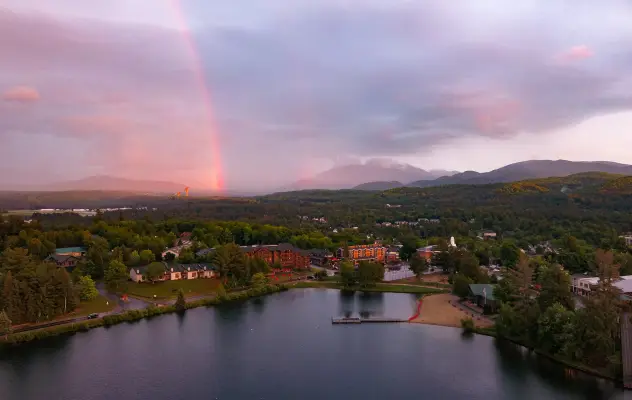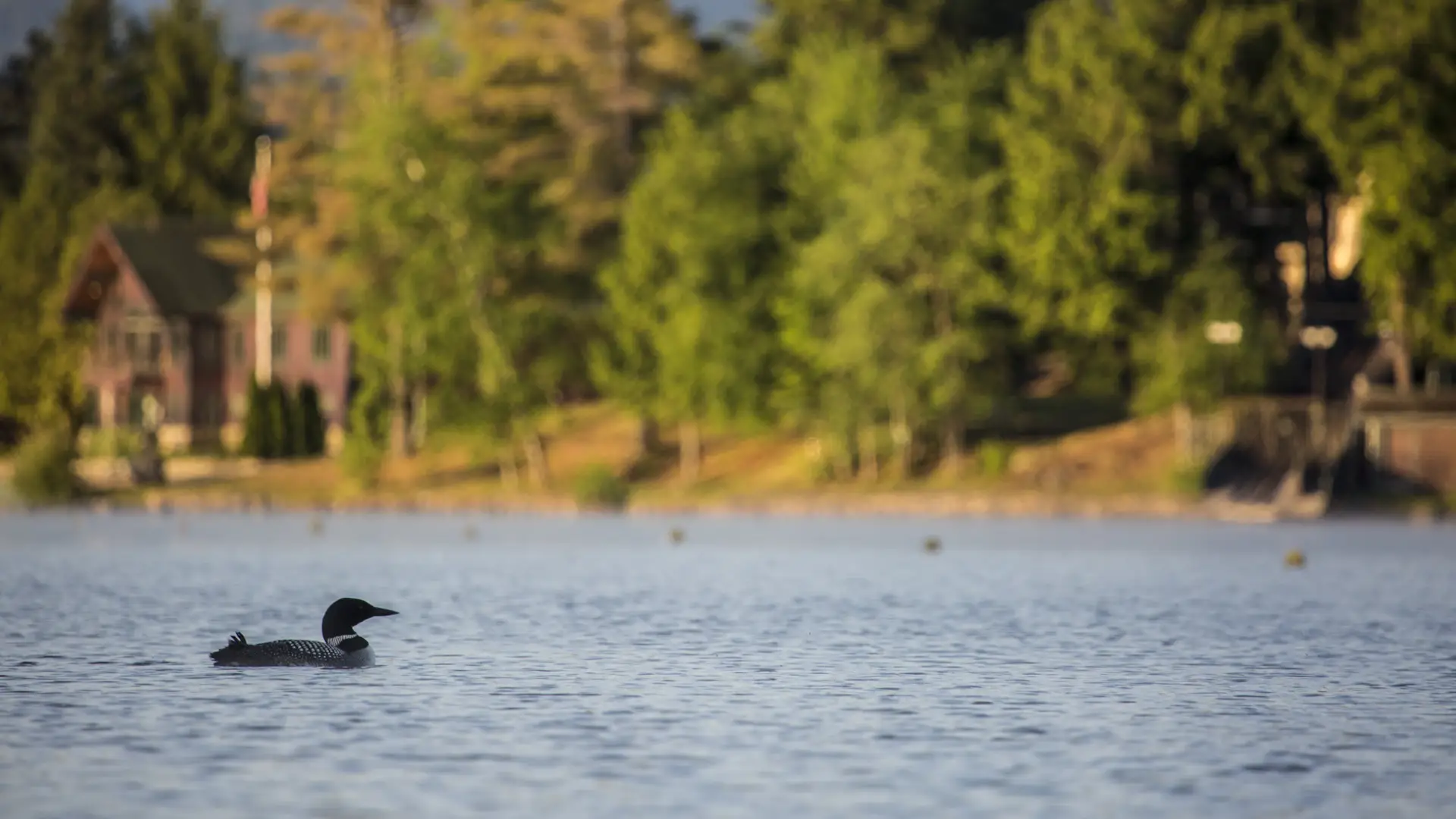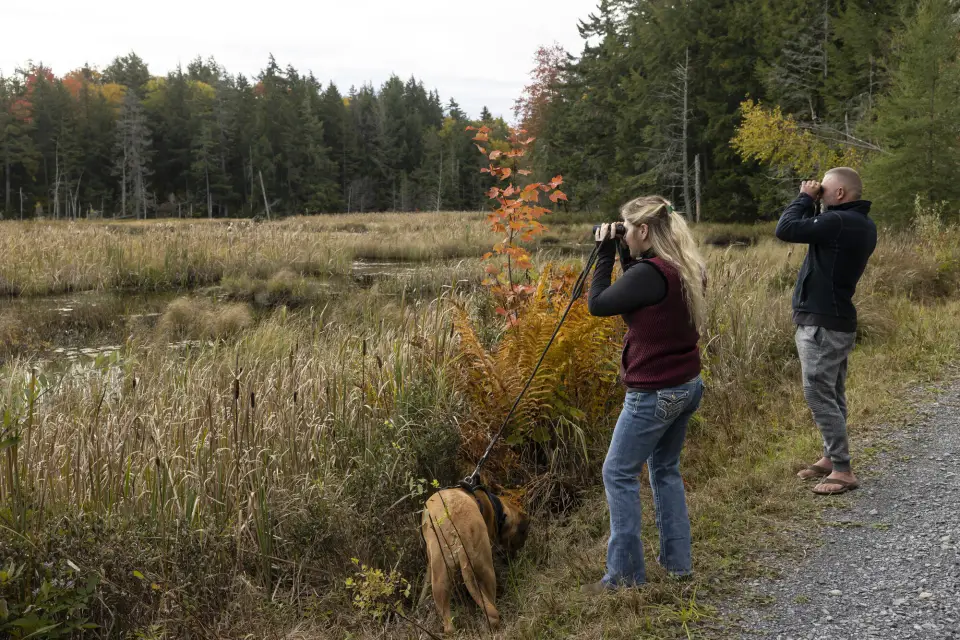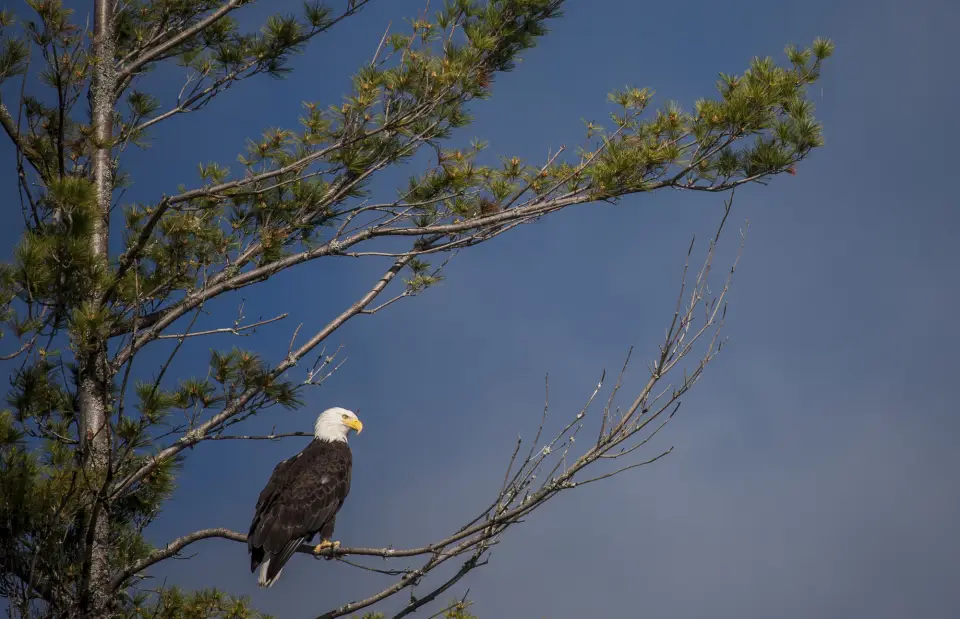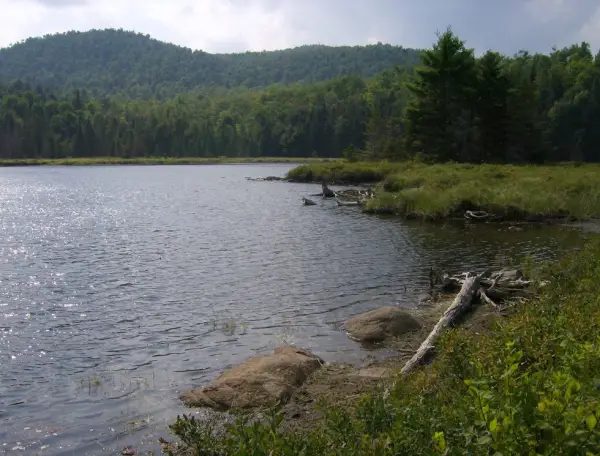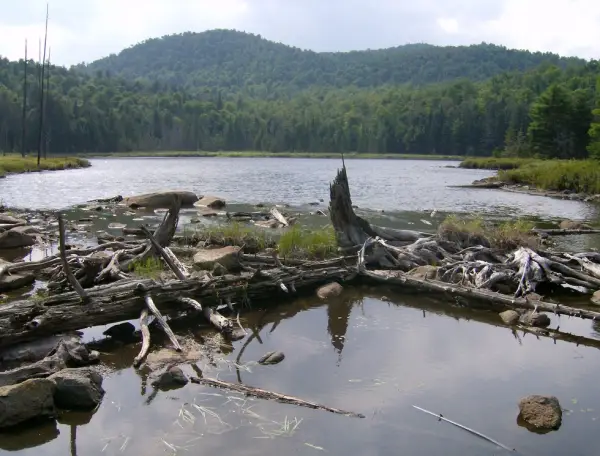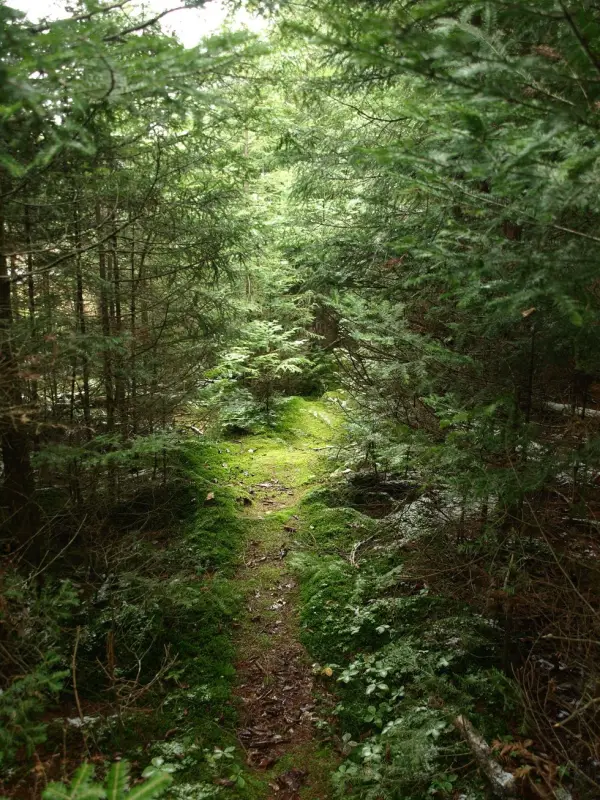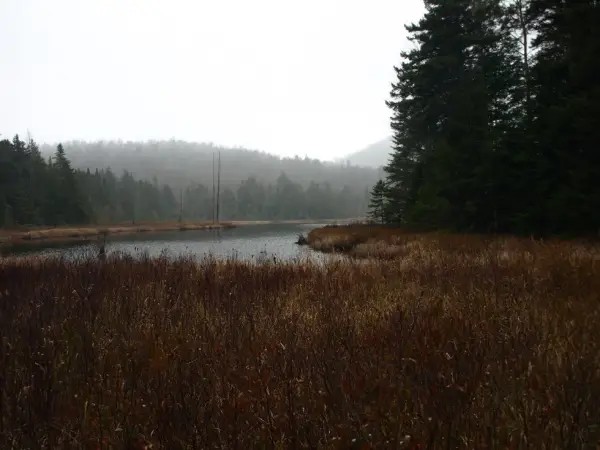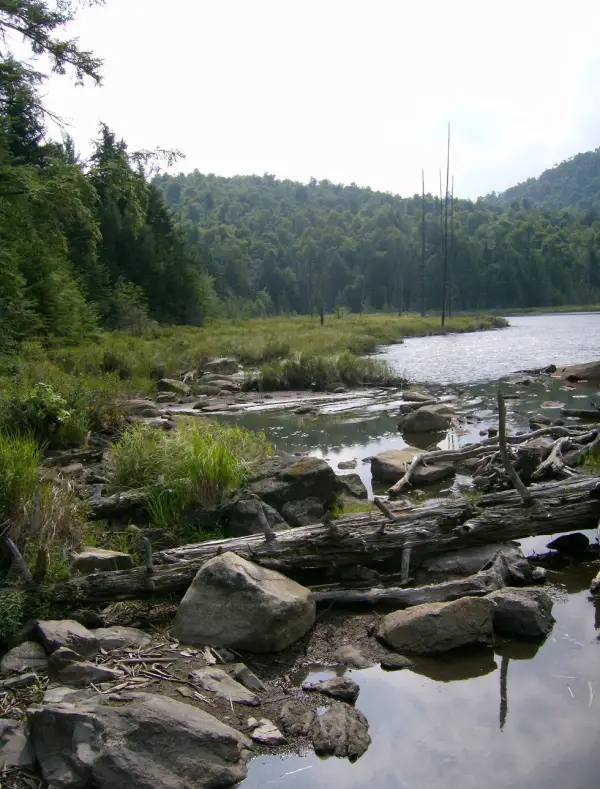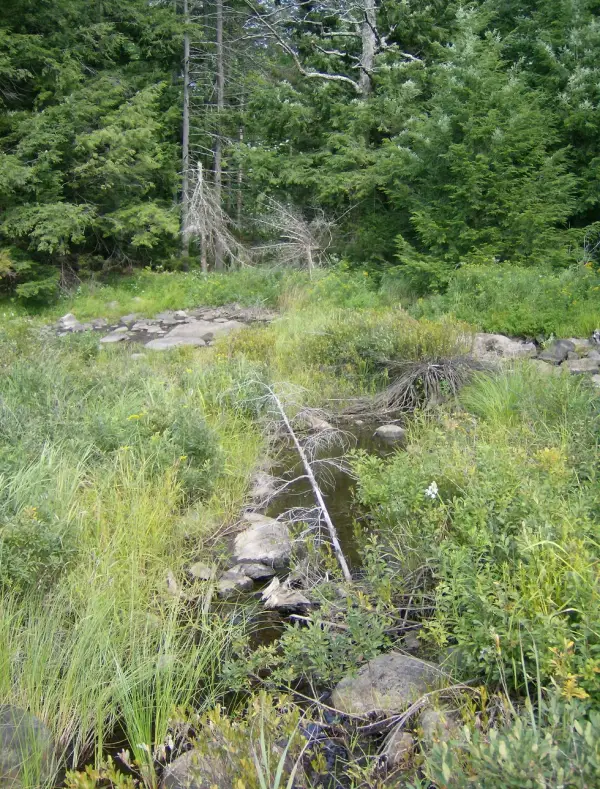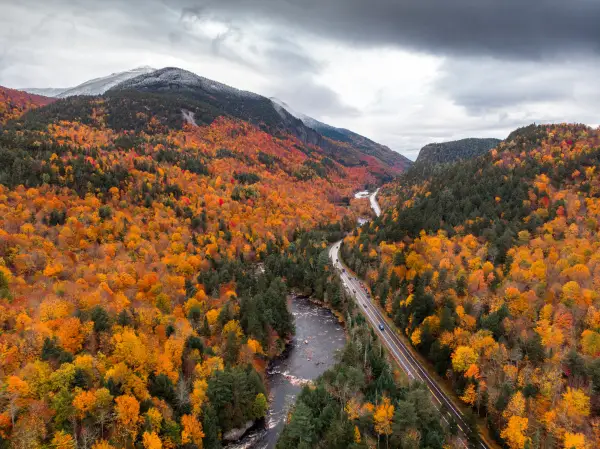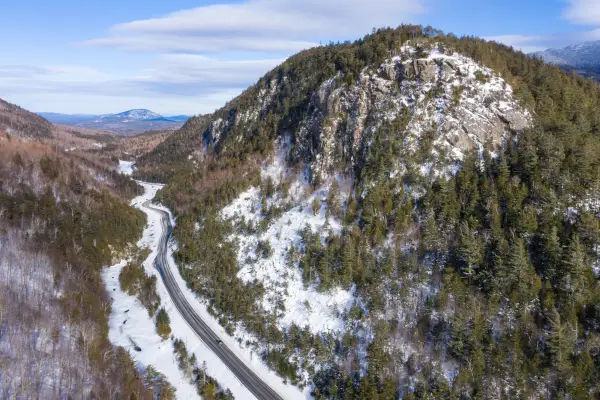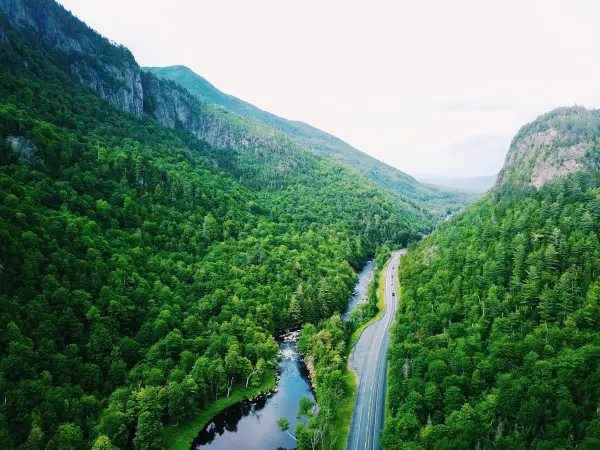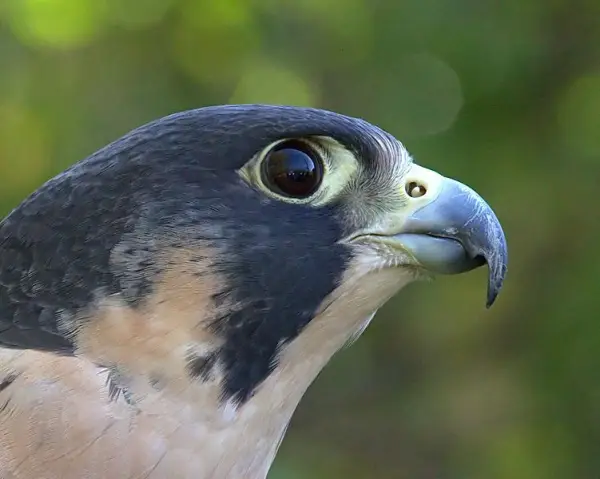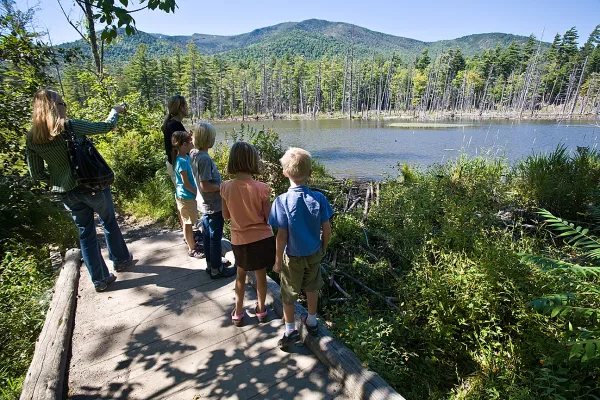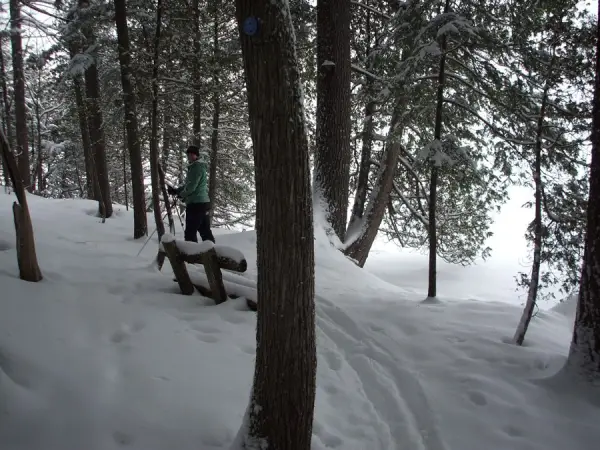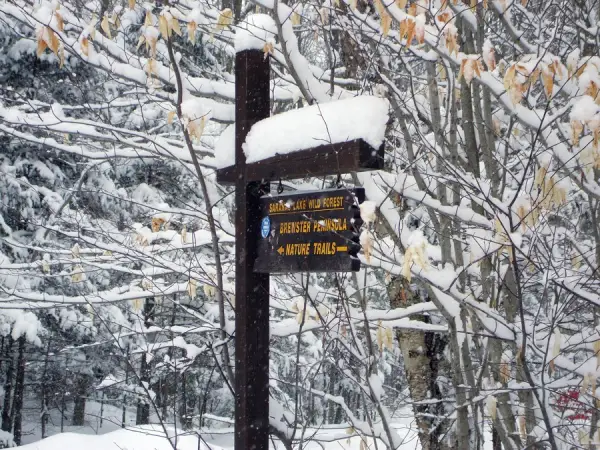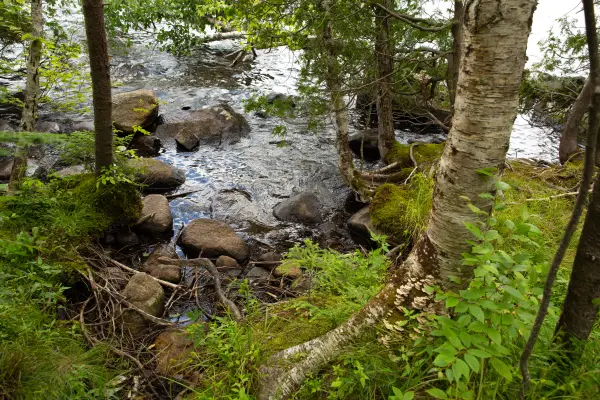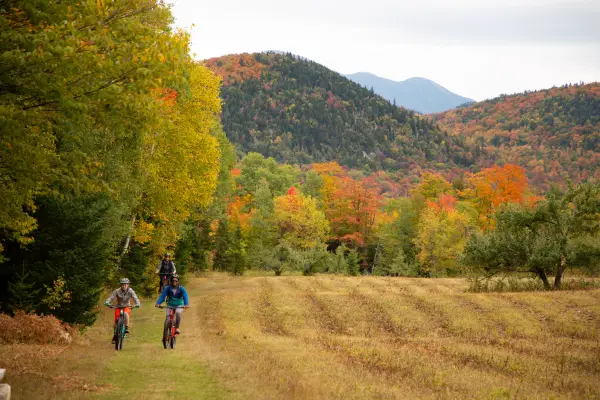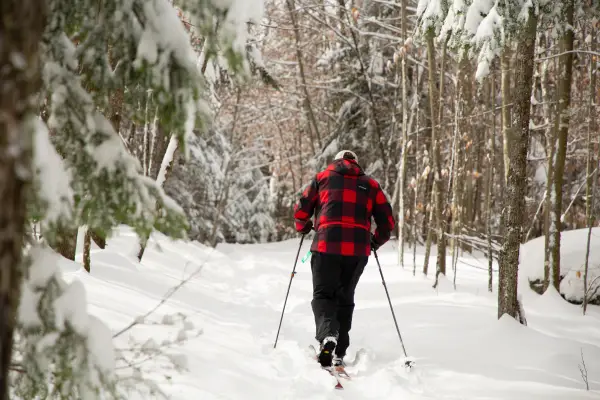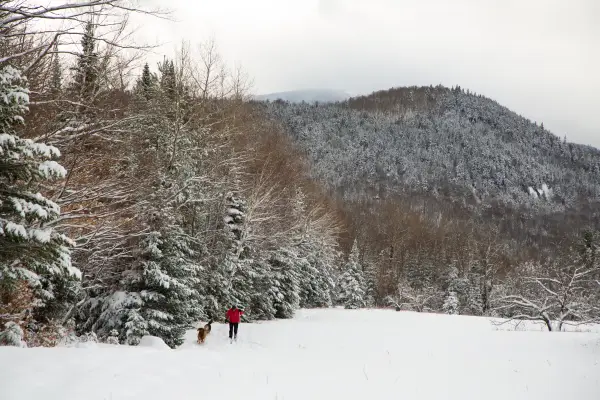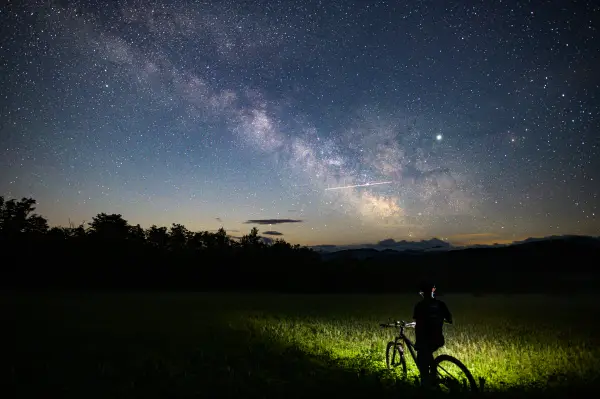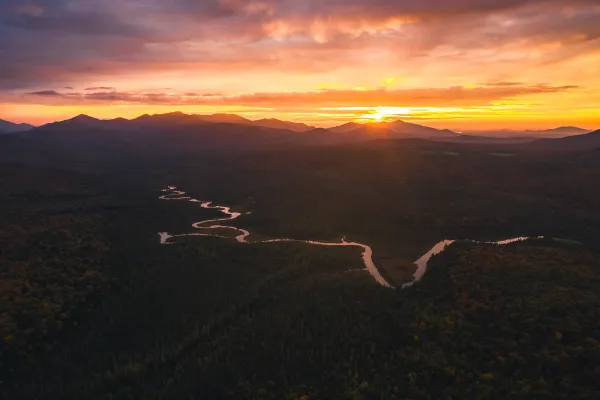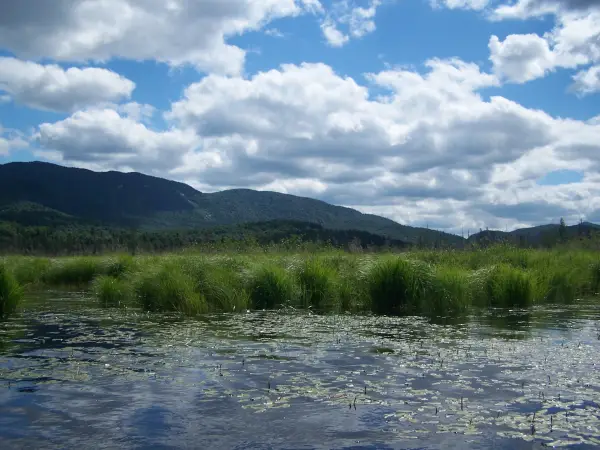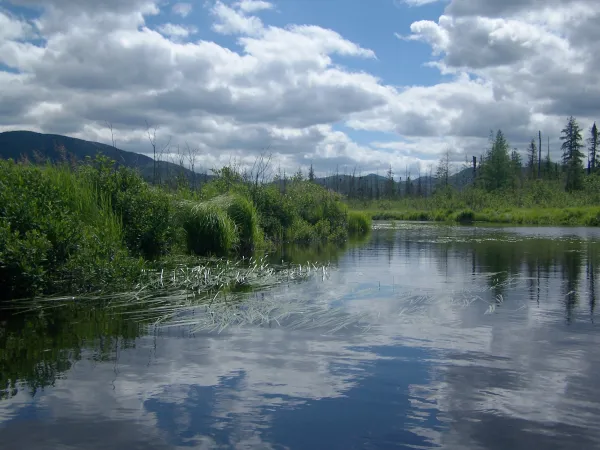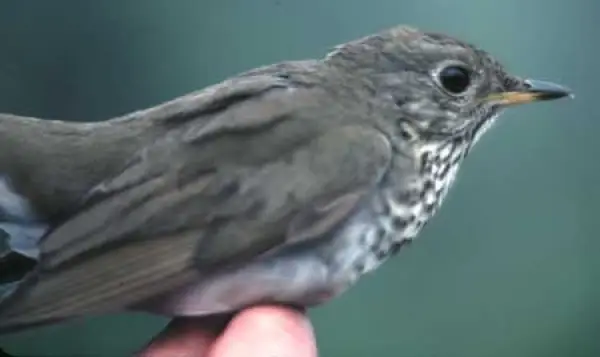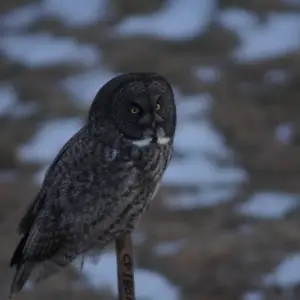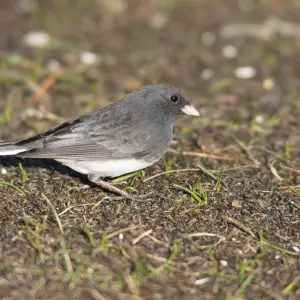Listen to the wild
Beyond the summits
From Legacy sites to High Peaks, Lake Placid is a place of BIG adventures. But have you stopped for a minute to listen to the birds and the sounds of the forest? With miles and miles of trails, and plenty of lakeside locales, birding in the Lake Placid region will surely help you check off some of your “life list.”
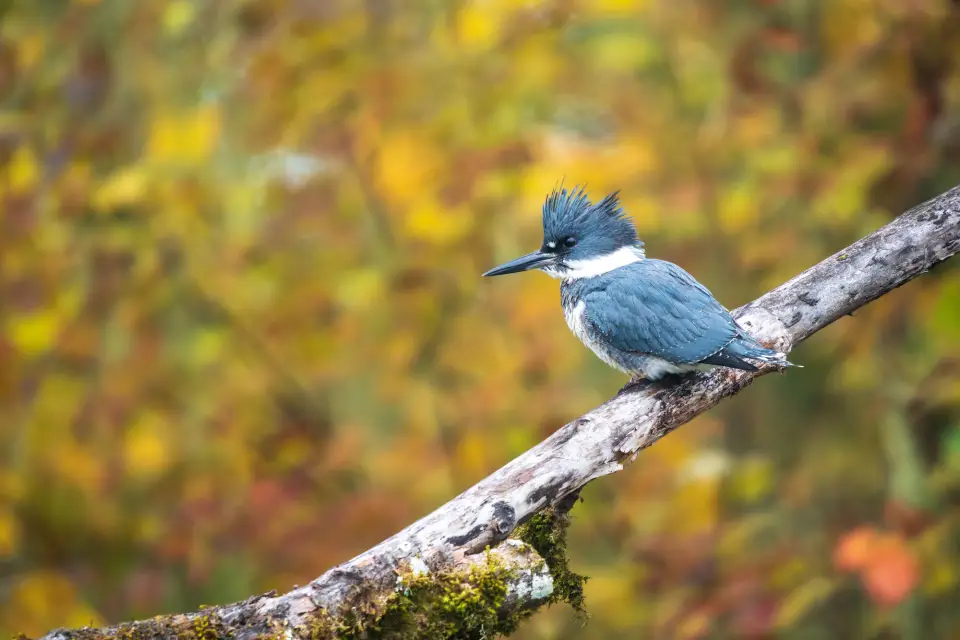
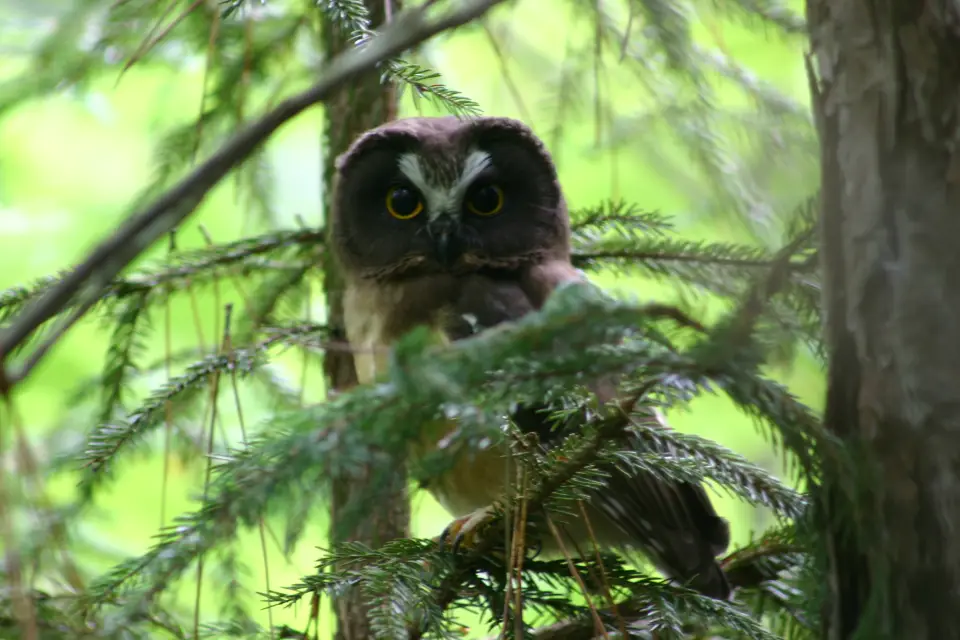
Different habitats, different birds
Lake Placid’s diverse habitats—mountain lakes, successional meadows, and high boreal forests—offer a variety of birding opportunities. Common Loons are a frequent sight on local lakes, their eerie calls echoing across Mirror Lake right in town. Just outside the village, Heaven Hill provides excellent birding, with Bobolinks and Savannah Sparrows thriving in its meadows and woodlands.
For the more adventurous, the High Peaks Wilderness and Whiteface Veterans’ Memorial Highway present exciting possibilities. The rugged terrain of spruce-fir forests is home to elusive species like Bicknell’s Thrush, Boreal Chickadee, Yellow-bellied Flycatcher, and, in the right years, White-winged Crossbills. Summer hikers may also spot high-elevation warblers, such as the Blackpoll Warbler.
While many species migrate through the region, some, like Black-capped Chickadees and Common Ravens, stay year-round. And for the lucky few, winter may bring rare northern visitors—keep an eye on tree lines for the occasional Great Gray Owl!
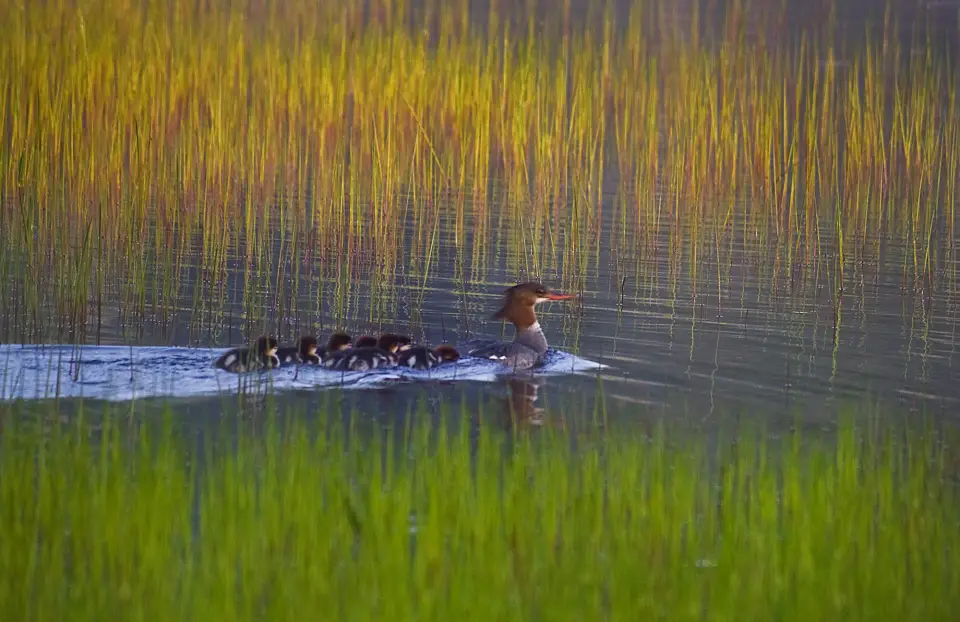
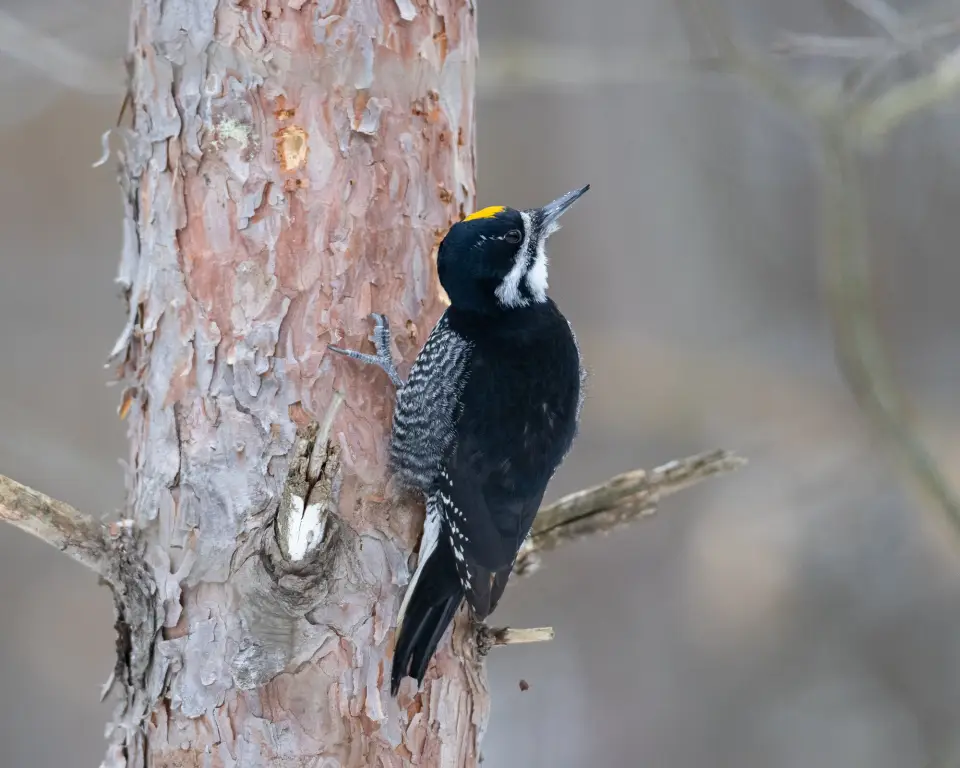
Seasonal diversity
Winter birding in the Adirondacks is not about long lists of species or loads of diversity; rather, it is more about specialty birds which are difficult to find elsewhere. Cold and snow can set an amazing backdrop to birding, and winter often brings with it some of our most sought-after Adirondack species. These include birds like Evening Grosbeaks and Common Redpolls, which can grace our bird feeders, or Bohemian Waxwings and Pine Grosbeaks, which can be found in town when there are fruit trees still sporting a crop. Spring brings back species like Broad-winged Hawks and Red-winged Blackbirds. Birders may also see Tennessee or Bay-breasted Warblers push through on their way north. In fact, twenty species of warblers nest in the Olympic region alone. As summer rolls on, keep your ears open for the bizarre calls of American Bitterns in marshy areas. As fall approaches, watch lakes and ponds for migrating waterfowl.
